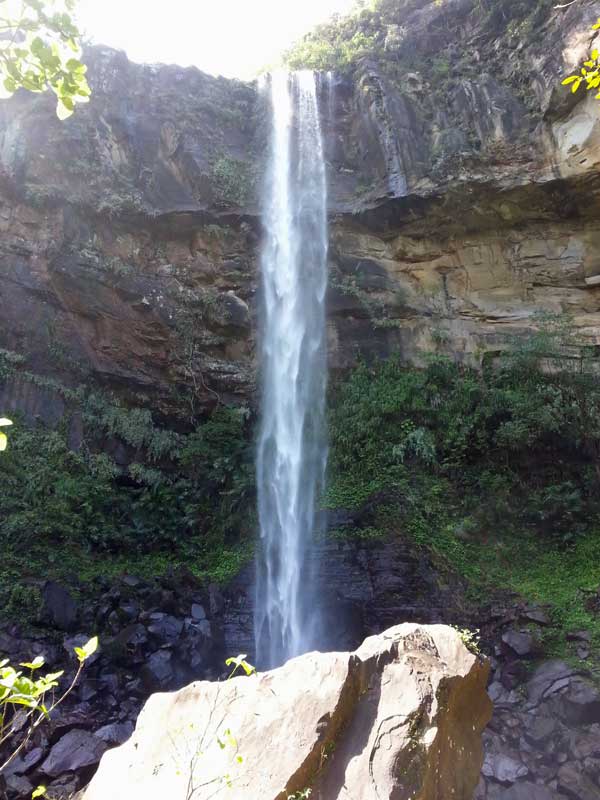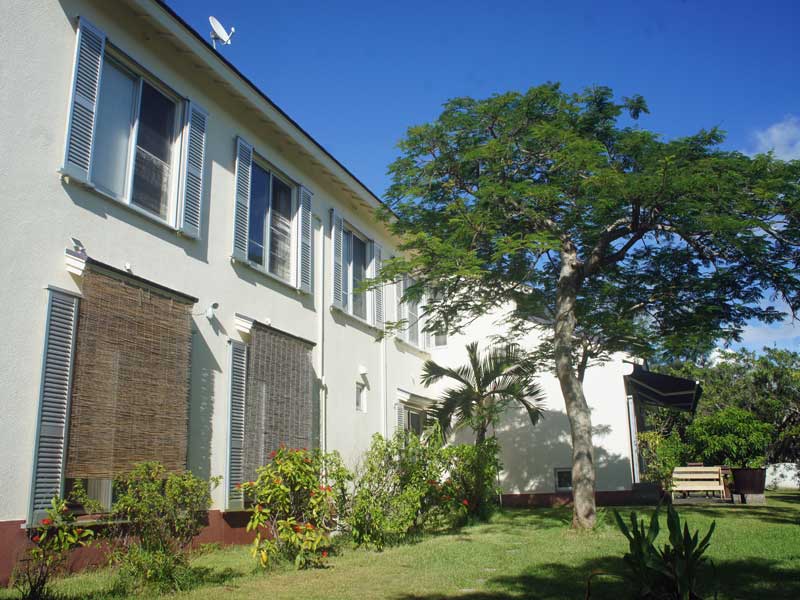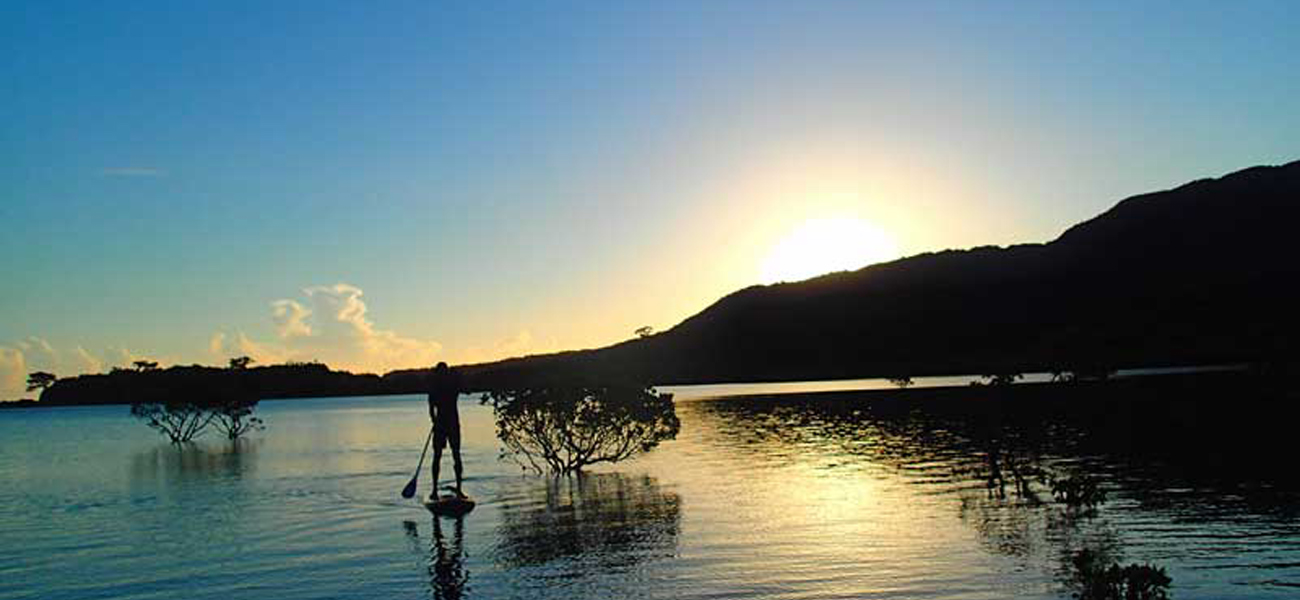A land and waterborne summer adventure to Japan's most southerly reaches.
Guided tour of moderate walking combined with kayaking, sea paddling and snorkelling. Exploration of sub-tropical forest, mangroves, sandy beaches, coral reefs and sandy islets. Distinctly different Okinawan culture and cuisine.
June.
A 7-day, 6-night tour starting at the tour accommodation on Day 1 of the itinerary and finishing at Euglena Ishigaki Port Remote Island Terminal. Accommodation is in a luxury hotel and a delightful family-run guest house. Please read more on accommodation here. The maximum group size for this tour is 7 persons. We have no minimum size. If we accept a booking we guarantee to run the tour.
Walk Japan’s Yaeyama: Okinawa Voyage takes us to Yaeyama, a group of islands at the farther southern reaches of both the Okinawa chain of islands and Japan itself. With their laidback atmosphere and emerald seas, Okinawa’s main islands have been a destination for Japanese tourists for many years but Yaeyama’s Iriomote, the main focus of this tour, is little developed and generally unknown among foreign visitors to Japan. Far closer to Taiwan than to mainland Japan, Yaeyama has a sub-tropical climate and distinct flora and fauna. These, together with very different historical and cultural roots, give these islands a uniqueness and distinctiveness all their own within the Japanese archipelago and we see this everywhere we go on our tour. Unlike other Walk Japan tours, the majority of the tour takes us near, on and into the water. We do walk but our principal and sometimes only ways of accessing the beautiful environments here are by kayak and snorkelling. Nevertheless, we enjoy the same cultural immersion found in all Walk Japan’s tours, albeit in the very distinct context of Okinawa and, especially, Yaeyama.
Ishigaki and Iriomote are the two largest of the Yaeyama group of islands and they are the focus of this tour. With its easy access to Japan’s international airports, Ishigaki makes an ideal point to begin and end our exploration of Yaeyama. Although the economic centre and transport hub of the region, Ishigaki’s principal attraction for us is the island’s wildlife, above all the spectacular coral reefs that surround the island. Set in beautiful cobalt seas, the reef is composed of more than 120 types of coral providing a home to over 300 species of tropical fish, many spectacularly coloured. While exploring the reef by snorkelling, we learn not only about its beautiful environment from the locals but also how they have come together as a community to protect and revive it.
A one-hour ferry ride away lies the spectacular island of Iriomote. Although slightly larger in area than Ishigaki, Iriomote is largely untouched by the modern world and, as a consequence, has a population less than one-tenth that of its neighbour. Its attraction for us is its environment, an ecological jewel of dense sub-tropical forests and mangroves, crystal-clear rivers, remote bays, islets and azure seas. Forests and mangroves together cover some 90 percent of the island and provide a home to one of the world’s rarest felines, the Iriomote Cat. First discovered in 1965, it is estimated that there are only 100 left in the wild and this is listed as a critically endangered species. The chance that we see one of these cats is highly remote.
The Yaeyama: Okinawa Voyage tour takes us on a deep exploration of this magnificent natural environment and its surrounding seas. It also introduces us to the distinct culture and history of Yaeyama and also Okinawa as a whole. Okinawa is especially known for its unique music, Okinawa Minyo, which is heard wherever we venture. In particular, the sound of the sanshin, the precursor of the well-known Japanese shamisen, adds a special, exotic feel to our whole experience. Okinawans are also famed for their longevity by the Japanese, themselves some of the longest-lived people in the world. The locals credit this to their laidback lifestyle and healthy diet, which incorporates many varied, locally-grown exotic fruit and vegetables. The cuisine is quite different to the traditional Japanese diet and incorporates local delicacies of tropical fish, bitter melon and turmeric tea, often in a style reminiscent of Chinese cooking. In the summer months, when we visit the islands, tropical fruits such as pineapple, passion fruit, mango and dragon fruit are a daily treat.

Okinawa is prone to typhoons. However, the Yaeyama: Okinawa Voyage tour is scheduled for June when the weather, although hot, is comfortable and typically before the typhoon season. Also, each day’s itinerary while we are on Iriomote can readily be changed around to make the best of day-to-day weather patterns.
Day 1 Misaki
Your Walk Japan Tour Leader welcomes you to the tour in the late afternoon at our accommodation, where we stay two nights, in Misaki, the main settlement on Ishigaki.
After the tour briefing in our hotel we venture out to our dinner at a traditional restaurant, where we enjoy an Okinawan culinary feast of local dishes, quite different but no less delicious than those found throughout the rest of Japan. Musicians and dancers performing the distinctive and lively music of the islands add to the enjoyment and exotic feel of our first evening together.
Accommodation: Western-style hotel.
Meals: Dinner provided.
Total walking: N/A.
Day 2 Misaki – Ibaruma – Misaki
After breakfast, we set off for an exploration of Ishigaki's remote, less populated northern area in the friendly company of a local guide. Along the way, we pass by fields of sugar cane, the major crop of the island.
We board kayaks to explore a river system that threads its way through mangroves. Our journey begins where the river empties into the ocean and from here we gently paddle upstream, following one ever-narrowing branch after another. As we progress, the tree canopy closes in overhead and the slow-flowing streams become increasingly shallow. Eventually, unable to progress any further in our kayaks, we disembark to continue our exploration on foot. Fiddler crabs and mudskippers scramble out of our way, hiding themselves under the arching roots that anchor the mangroves to the swamp. After returning to the river mouth, a short trek up a small, fast-flowing river takes us deep into the jungle and to a waterfall, under which we refresh ourselves in its invigorating flow.
After lunch, we board a motorboat for a snorkelling adventure in the Ibaruma, a beautiful tropical bay. The bay is home to coral reefs supporting over 300 species of multi-coloured tropical fish, including clownfish.
Our evening concludes with a short walk to a locally acclaimed Okinawan-Italian fusion restaurant. The owner-chef mastered his skills in Italy, Tokyo and Iriomote, the island we visit tomorrow, before opening his own restaurant on Ishigaki. He relies on local ingredients for his creative and delicious dishes.
Accommodation: Western-style hotel.
Meals: Breakfast, lunch, & dinner provided.
Total walking: 1km (0.6 miles).
Total kayaking: 7km (4.3 miles).
Day 3 Ishigaki – Iriomote
After breakfast we walk to Ishigaki's ferry terminal, which is just across from our hotel. The quay bustles with school children, locals on errands, business people and tourists going to and fro. From here, small ferries continually ply routes to all of Yaeyama's eight main islands. Within an hour of our departure we arrive at Iriomote, where we stay for the next four nights.
Our local guides meet us off the ferry and we start to explore the island in their company. Iriomote is one of the last wildernesses of Japan. On the island's coast, tidal areas continually infused with fresh water from the jungles of the hinterland provide an ideal habitat for the extensive mangrove forests found here. A rich environment, of the seven mangrove species native to Japan all are found on Iriomote.
Our exploration begins by heading to the west side of Iriomote. We travel by vehicle as far as we can until the road peters out. From here on, the only way forward is by sea, in our case by kayak. The route we take through this remote area of islands and sandy bays depends upon sea conditions but will include wonderful views in a place that few ever visit. We may pass by an island that was once home to a coal mine, now long since deserted after the seams were worked out. The jungle has reclaimed the island for itself; little remains to be seen of its industrial past and it has regained its wild, natural beauty. We continue on our way before kayaking to a secluded beach where we come ashore for lunch. Depending on the weather and seas, we further explore the area in our kayaks – perhaps to Funauki, a village that can only be reached by sea – or by snorkelling off the beach, before making our way back to our vehicle and our accommodation, a guesthouse with a large garden of hibiscus, bougainvillea and other tropical flowers.
Nearby, a beautiful sandy beach is a hidden treat of the island. Long considered a sacred site for the locals, it is also a great place to view the sunset before dinner in our accommodation.
Accommodation: Guest house.
Meals: Breakfast, lunch, & dinner provided.
Total walking: 5km (3.1 miles).
Total kayaking: 3km (1.9 miles).
Day 4 Iriomote
After a couple of days largely waterborne, today we change mode from sea to land, and head into Iriomote's pristine sub-tropical jungle. In the company of local guides, we trek to the remote Mayarokku-no-Taki waterfalls. Under dappled sunlight filtering through the canopy, we follow a cascading river to the waterfalls. On the way, we encounter many varieties of Iriomote's fauna including the beautiful blue-tailed Yaeyama seven-lined skink and myriad colourful butterflies, and hear the calls of numerous but mostly unseen birds.
Our rest stops are beside potholes, circular depressions formed in the rocky river bed by the grinding action of stones whirled round by the fast-flowing water, that provide us with delightfully refreshing ways to cool off.
We enjoy a bento lunch at our destination, the Mayarokku-no-Taki, and we have plenty of time to relax and cool off in the mist blowing off the cascading waters before returning to the coast.
As we head back to our accommodation, we may spot the increasingly rare hime bottaru, a firefly unique to Okinawa. Dinner is enjoyed together as the sun sets.
Accommodation: Guest house.
Meals: Breakfast, lunch, & dinner provided.
Total walking: 7km (4.3 miles).
Day 5 Iriomote
Today, we begin our journey gently paddling in kayaks along quiet rivers surrounded on all sides by verdant mangrove forests. Ahead of us we spy our destination, the towering Pinaisala-no-Taki waterfalls.
We pull our kayaks ashore to follow a trail through the jungle to our destination, which are the highest waterfalls in the Okinawan island chain. We soak up the wonderful scenery here while cooling off in the plunge pool and enjoying a picnic lunch, which is conjured up by our local guide. A dip in the cool waters is a great refresher before we retrace our steps back to our kayaks to paddle our way through the mangroves.
Accommodation: Guest house.
Meals: Breakfast, lunch, & dinner provided.
Total walking: 4.5km (2.8 miles).
Total kayaking: 5km (3.1 miles).
Day 6 Iriomote
We rise early this morning to head out for another waterborne adventure as the sun rises over Iriomote. This time, our modus operandi is stand-up paddle boards (SUP). Originally from Hawaii, paddle boards are an ideal way to experience the magic of the morning-still waters reflecting the surrounding mountains, mangrove forests and rising sun. After returning to our accommodation for breakfast, we journey out by charter boat to a cay, a tiny island made of coral sand, in the middle of the ocean for our last snorkelling opportunity. We return to our accommodation and relax before tonight's dinner, another feast composed of local ingredients.
Accommodation: Guest house.
Meals: Breakfast, lunch, & dinner provided.
Total walking: 1km (0.6 miles).
Total kayaking: 3km (1.9 miles).
Day 7 Iriomote – Ishigaki
After breakfast, we board a ferry for our return journey from Iriomote to Ishigaki, where the tour concludes at Euglena Ishigaki Port Remote Island Terminal. Please note that travelling from here to Painushima Ishigaki Airport will mean arriving around late-morning to midday. Accordingly, please do not book your outbound flight before 13:00.
Accommodation: N/A.
Meals: Breakfast provided.
This itinerary is subject to change.
Domestic flights bound for Ishigaki airport depart from Tokyo’s Haneda Airport, Osaka’s Kansai International and Itami airports, Nagoya’s Chubu International Airport, and Fukuoka Airport. JAL, ANA, Peach Airlines and Solaseed Air all provide domestic flights to Ishigaki.
-----
The tour concludes after travelling by ferry from Iriomote at Euglena Ishigaki Port Remote Island Terminal. Please note that travelling from here to Painushima Ishigaki Airport will mean arriving between late-morning to midday. Accordingly, please do not book your outbound flight before 13:00.
-----
After receiving the booking and deposit we will provide detailed instructions for travelling to the meeting point, complete with a map of the vicinity of the first night’s accommodation.


































